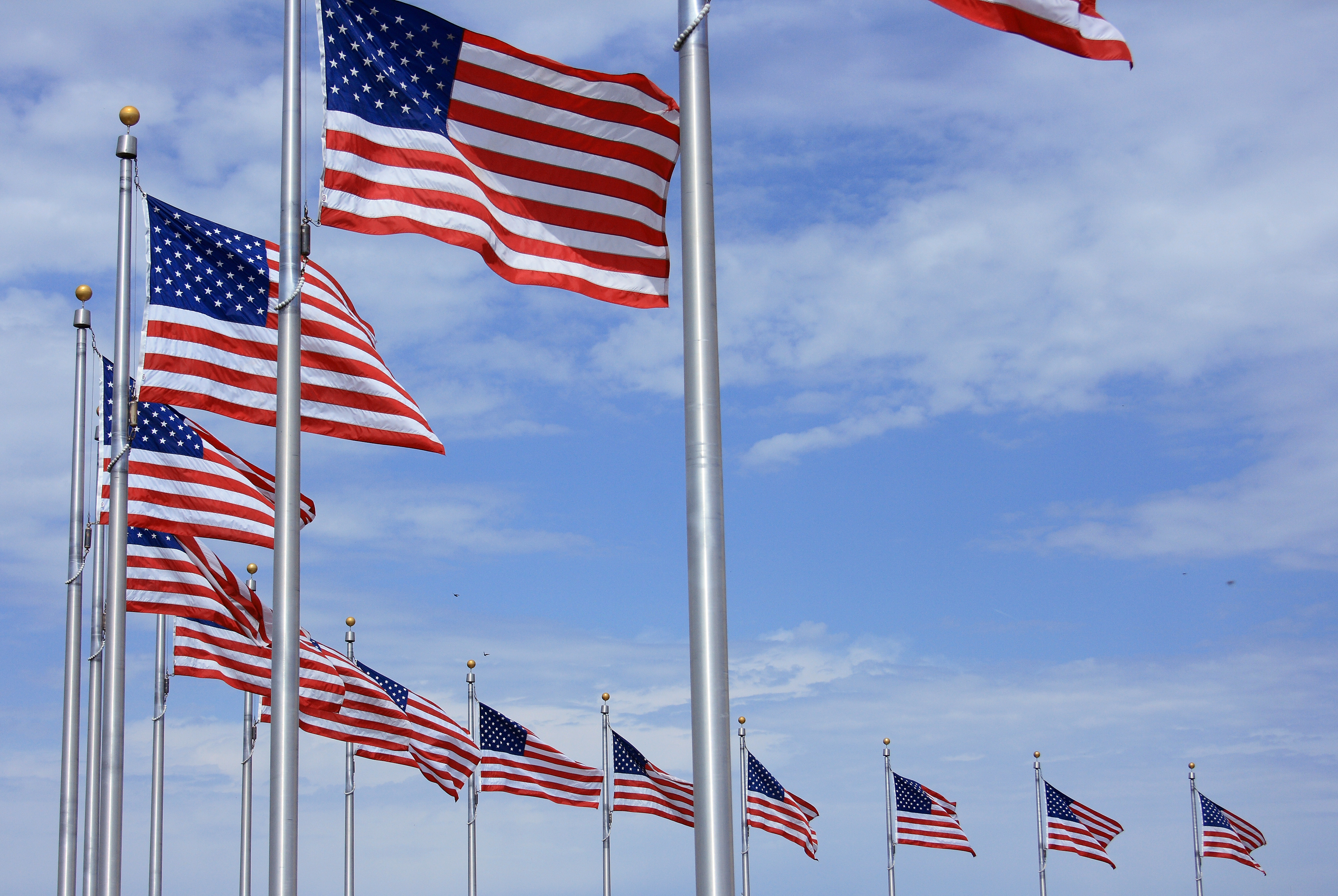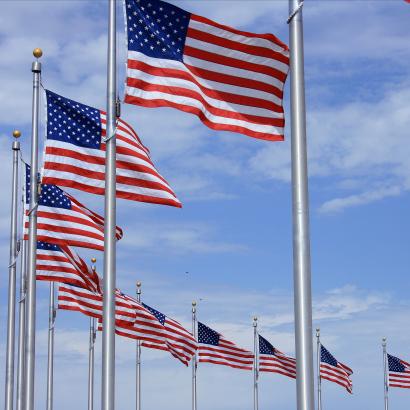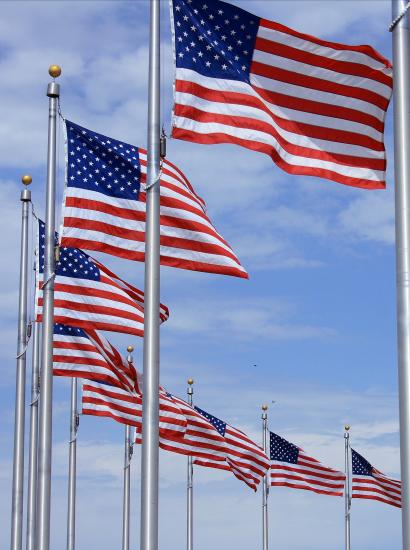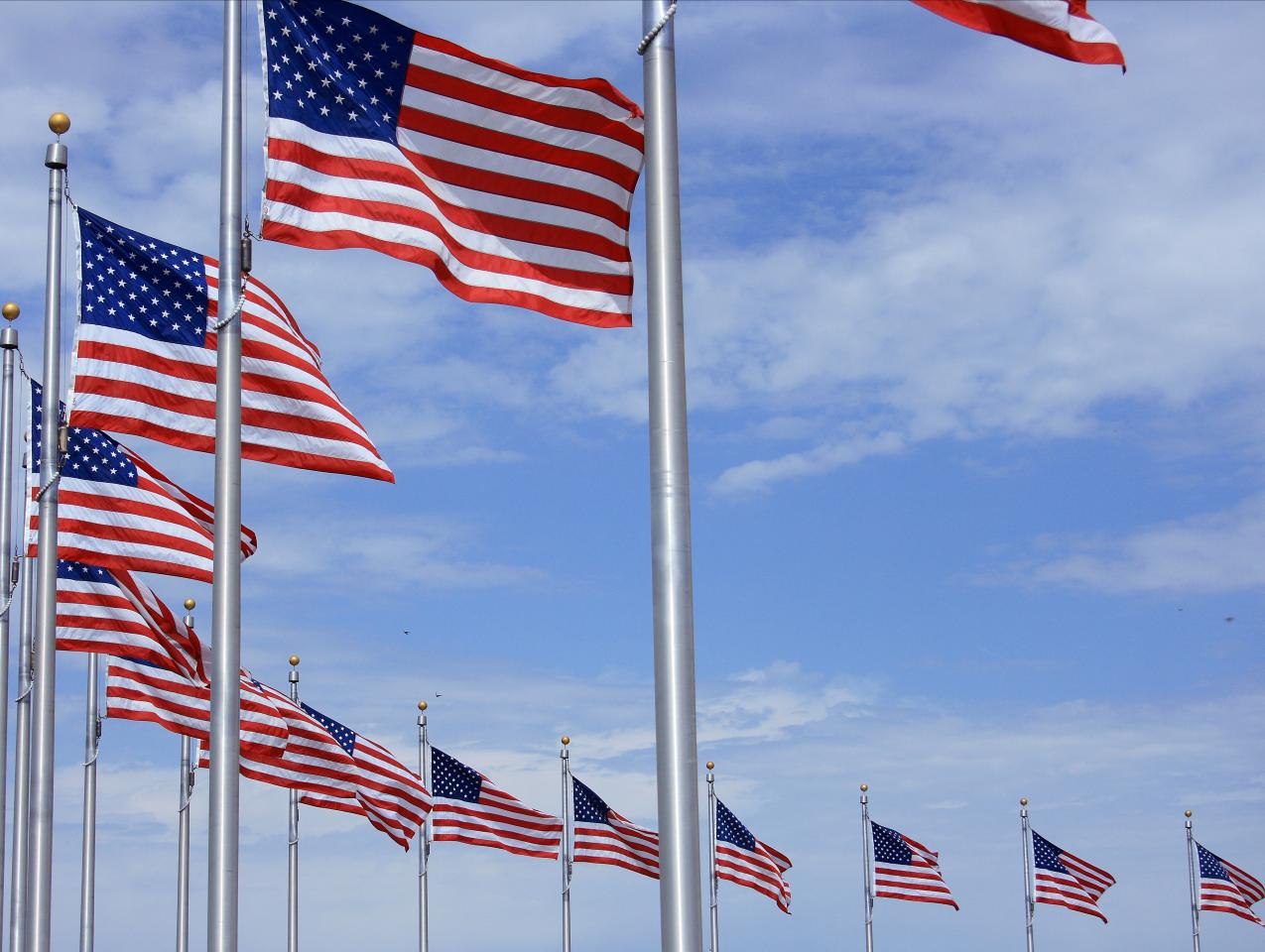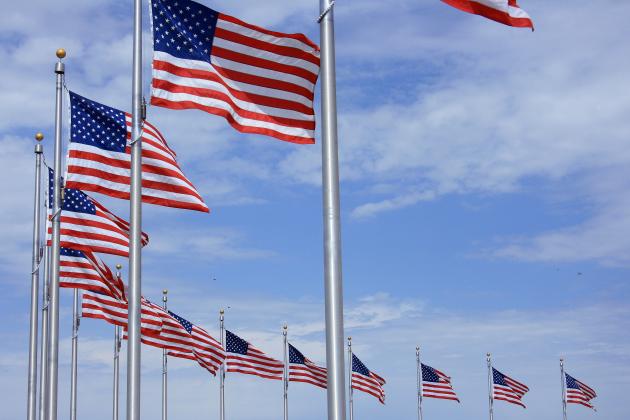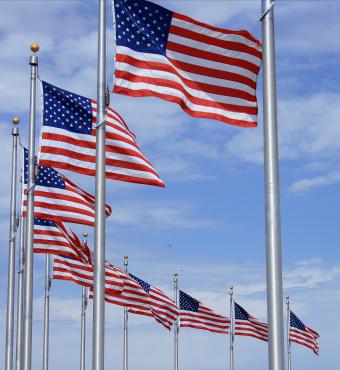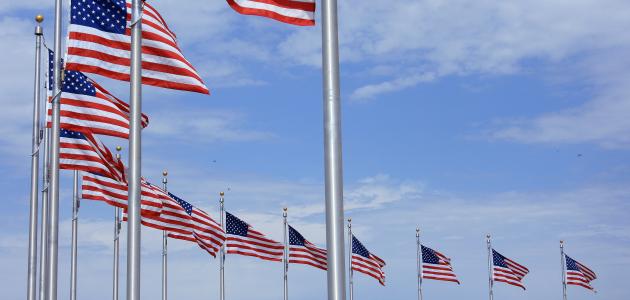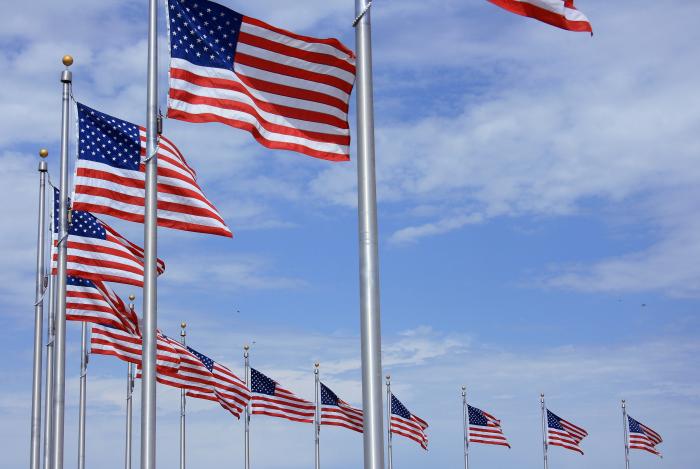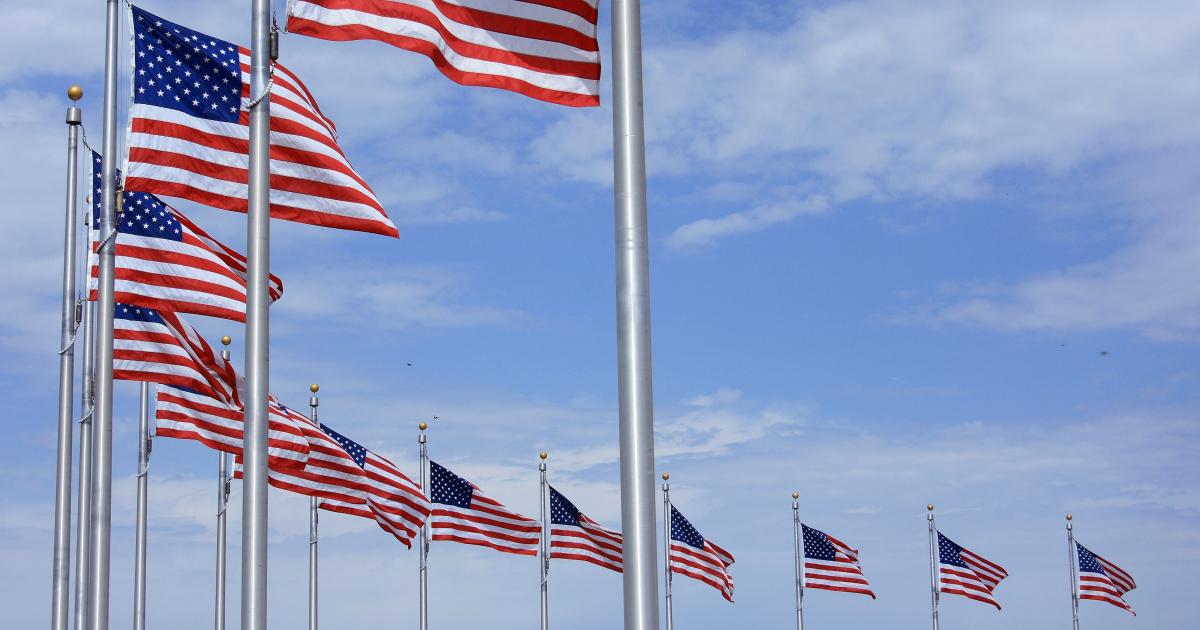With all due respect to Tom Brokaw, he didn’t get it quite right about the “Greatest Generation.” In his book The Greatest Generation, Brokaw extols the virtues and influence of well-known Americans in the defense, development, and recovery of the United States in the trying times during and immediately after the Great Depression and World War II.
In his follow-on, The Greatest Generation Speaks, he writes about the less glorified cohorts of those chronicled in the first book by relating the stories they shared with him after reading The Greatest Generation. He may have given those in the second book short shrift, for, in my opinion, it is they who made the Greatest Generation great and distinguish it from the preceding and succeeding generations.
There is no doubt that the likes of George Bush and Daniel Inouye, the American leaders featured in The Greatest Generation, contributed mightily, but every generation produces leaders who rise to the occasion during periods of adversity; every generation has heroes and idols who stand above the rest. The baby boomers have Bill Clinton and Bill Gates, Bruce Springsteen and Meryl Streep, Michael Jordan and Cal Ripken. Gen X hasn’t had as much time to distinguish itself, but has a good start with Sergey Brin, Jerry Yang, and David Filo; Peyton Manning and Lance Armstrong; Julia Roberts and David Cameron.
In my view, the jewels of the Greatest Generation are not only Art Buchwald and Arthur Schlesinger, rather they are the blue-collar workers, Joe Six-packs, and the PTA moms. These are the kids who grew up during the Depression to become the grunts on Okinawa and in the Battle of the Bulge and the Rosie the Riveters who filled a critical void during the war. Some sixteen million men and women served in the military during World War II; nearly another seven million served during the Korean conflict.
After the war, they came home wiser and with a purpose: to protect what they’d fought for and sacrificed for. They became the Little League and CYO coaches and stay-at-home moms for moonlighting husbands as, collectively, they built a country and raised the largest cohort of children in human history.
In addition to enduring this country’s greatest economic catastrophe and fighting two wars, they went on to work at Leviton and Boeing, they built homes and raised families in Omaha and Bakersfield. They put a man on the moon! They were carpenters, teachers, welders, Fuller Brush men. But, most important, they wove the fabric that made the United States great. They gave their children safe and secure homes; they exemplified a solid work ethic and belief in America; they instilled in their children the value of education.
More than any other generation, they planted their roots in the United States. For the half century before World War II, home ownership rates were consistently around 46 percent. By 1950, that rate was 55 percent, and it had risen to 62 percent by 1960. This is what helped grow and stabilize the U. S. economy—and those homes were not built by Julia Child and Andy Rooney.
That generation set high standards for their children and imbued in them the value of education. The average educational attainment of those born in the first quarter of the twentieth century was less than nine years; for the following generation (the children of the Greatest Generation), education attainment had grown to an average of twelve years—parents made sure their kids graduated from high school. More than 40 percent of baby boomers graduated from college; only 10 percent of their parents did.
Credit for the recovery of the United States after World War II and its ascendancy as the dominant world power of the latter half of the twentieth century goes as much to the multitude of Greatest Generation as it does to its leaders.
Soon after my own father, Eddie Sousa, was out of high school, he enlisted in the army in 1942; his young brother Johnnie, not to be outdone, dropped out of high school and enlisted in the navy. The two boys, who had rarely been apart, did not hear from each other again until the end of the war—a sad but by no means unique story. They gave to their country voluntarily and asked little in return.
Today, less than two million WWII vets survive, and two thousand die every month. The Greatest Generation is dwindling all too fast. As we approach Veterans Day, let’s remember them and thank the heroes of the Greatest Generation.
(photo credit: Scott Abelman)






